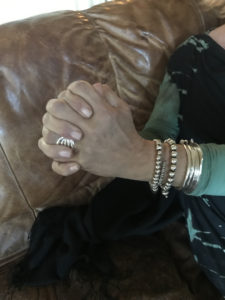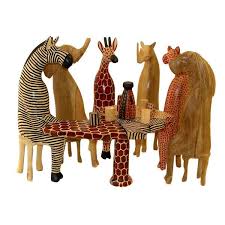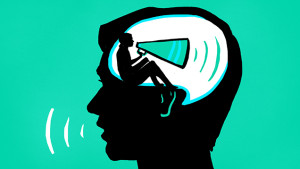Desire can be a trickster.
We all experience desire–sometimes it’s a gentle nudge and others it’s a hurricane dashing us toward the object of our desire.
Desire has many sources:
- biological need
- love
- addiction
- habit
- poor self esteem
- inflated self esteem
- jealousy
- competition
- hunger
- deprivation
Something inside me feels hollow or empty. Or maybe I am hungry or thirsty. There are authentic desires that emerge as signals that lead me toward what I need. But sometimes desire plays tricks on perception.
When I am longing for something, I am prone to see what appears before me as exactly what will fulfill my longing. Nowhere is this more evident that in romance. When I am lonely and feel an intense desire to have a partner, there is a good chance I may perceive the person close by as the answer to my longing. It is as if desire skews a connect-the-dots picture–it only perceives the dots that make what’s in front of me form the picture that satisfies my desire. I simply don’t perceive those other dots that would make the choice more complicated and ambivalent. Later, of course, I will gradually notice one dot after another, and then wonder why it took me so long.
Intense desire blurs vision.
I’ve seen this with clients who married the wrong partner, bought the wrong house, took the wrong degree, went to the wrong college, adopted the wrong dog….the list goes on.
Here’s the key–when you think you’ve found the perfect one–locate at least three of the negative dots. Then ask a best friend to point them out. If you come up with the same list, you’re in good shape. If you don’t, beware of lurking negative dots. Spare yourself a lot of agony. Slow down and take your time.





















